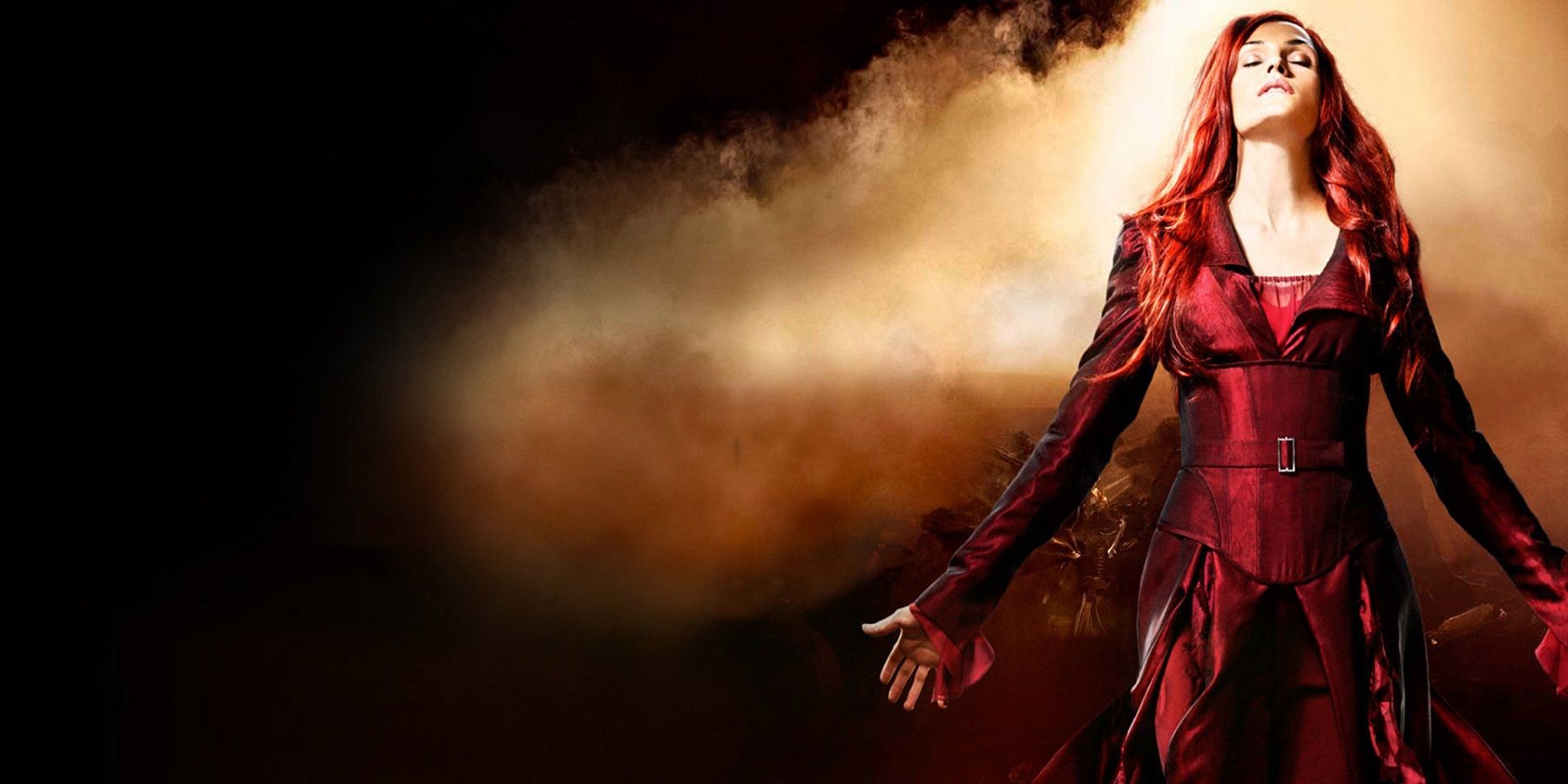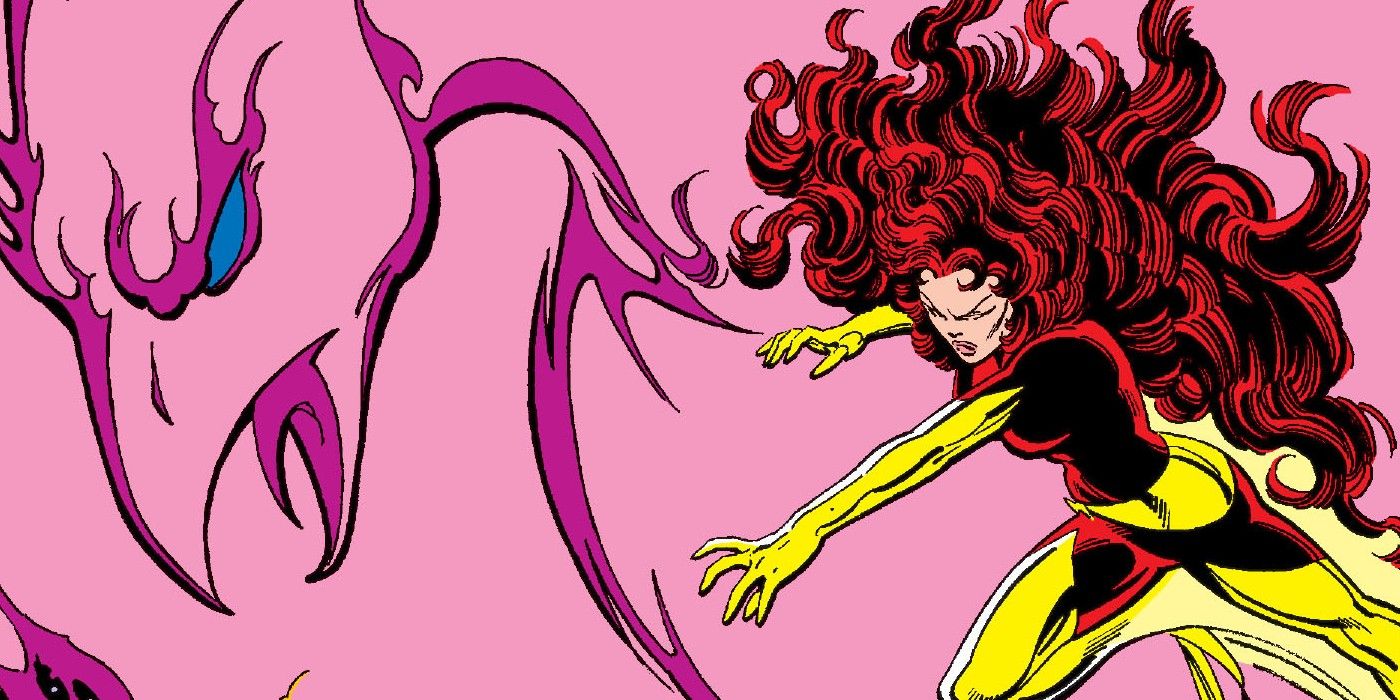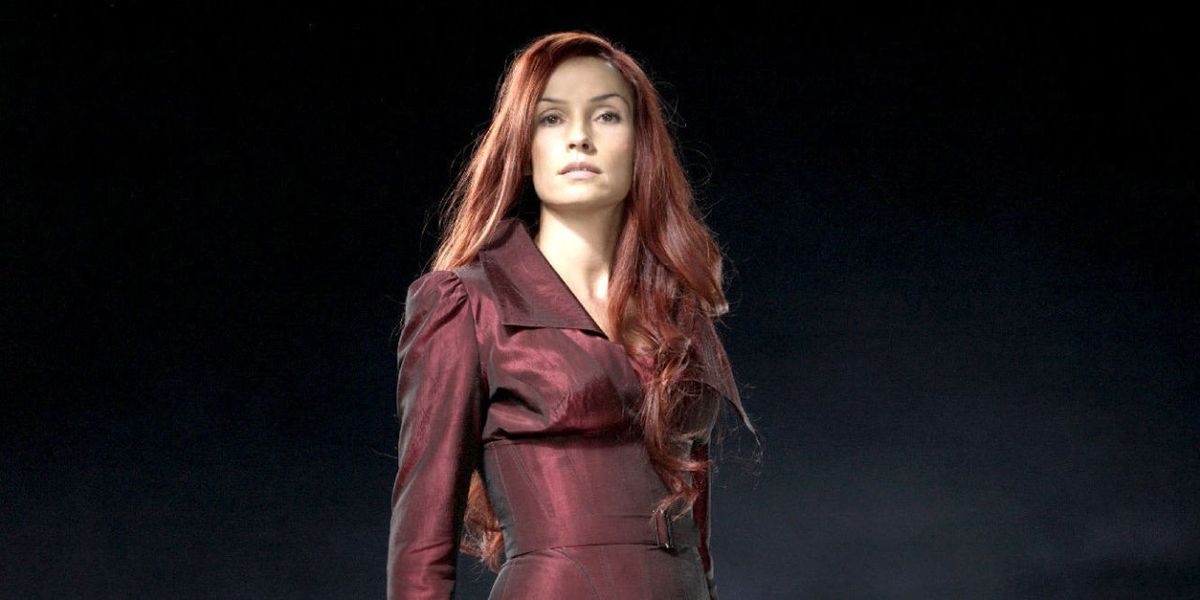X3: The Last Stand was controversial for several reasons, most of which stemmed from combining two divergent plot points into one movie. One of those plots was an adaptation of the iconic "Dark Phoenix Saga," though there were numerous changes to get the story onto the big screen. These involved making the cosmic story much more grounded, and though many fans hated the idea on paper, it's actually for the better.
While trying to make the Dark Phoenix fit into the more grounded paradigm that X-Men had come to encompass, the Fox movies could've elevated the story beyond a now arguably unfitting space story. Unfortunately, the movie's quality hampered this potential, with the egregious changes even seen as part of the poor quality. Here's how a more grounded Phoenix, done right, would've improved on the source material.
How X3's Phoenix Differed From the Dark Phoenix Saga
In the comics, Jean Grey, formerly known as Marvel Girl in her youth, took on the Phoenix identity after she seemingly died. Unfortunately, this transformation in power level came with a personality change, revealing the Phoenix as a violent and uncaring cosmic entity that's possessed Jean. Soon becoming "Dark Phoenix," Jean turns against her former X-Men allies and anyone else standing in her way.
The version of the villainess in the third film, The Last Stand, is much different. Fitting the more realistic tone of the first two movies, this film recast the Phoenix as an alternate identity that Jean's burgeoning psychic power developed when she was a child. Sensing its power, Jean's mentor, Professor Charles Xavier, tried to lock away the Phoenix. After pushing her powers to the limits in the previous movie, she had unleashed this repressed identity, which no longer wished to be controlled. Destroying anyone and everyone who sought to cage her again, Phoenix was a massive threat to both humans and mutants. Gone was the cosmic aspect of the character, but in its place was something potentially much, much better.
A More Grounded Phoenix Fit What the X-Men Had Become
Many decried removing the cosmic aspects of the Phoenix, though few questioned if they would have fit in this movie universe anyways. Bryan Singer's first two X-Men movies mainly worked because they did away with all but the most necessary of superhero concepts, with even comic book writer Grant Morrison commenting that the first film had wisely been more "science fiction" than superhero. This brought to the forefront concepts from Chris Claremont's X-Men comics that separated the merry mutants from the likes of the Fantastic Four or the Avengers. In fact, by highlighting these aspects in the films, going back to generic superhero tropes seemed backward for a franchise about evolution. This was shown in Morrison's own run on the X-Men comics, which had the heroes in black leather outfits and seeming much more "cinematic."
The idea of the Phoenix being some cosmic force is arguably hokey anyways, but it definitely had no place in the world Singer had built. The allegory of the Phoenix in X3 was instead that of mental illness, which itself fit in perfectly with the minority marginalization that the X-Men embodied. Given that other mutants didn't know what to do with her, Jean Grey's affliction arguably paralleled the status of mental health issues within minority communities. By removing the Phoenix Force concept outright, it also kept one of the biggest issues with the Phoenix in the comics from happening: over-saturation. Ever since it was introduced, the Phoenix Force has possessed tons of characters throughout the Marvel Universe, making it less of an interesting concept and less uniquely tied to Jean Grey. Thus, it's been reduced to the very cartoonish thing that Fox was trying to avoid with X3.
The problem, of course, is that the movie itself (directed by Brett Ratner), while not nearly as bad as some would claim, definitely failed to live up to Singer's first two entries. When combined with it juxtaposing its version of Phoenix with the Cure storyline, it had no time to explore the implications of its version of the Phoenix. If it did, it not only could have justified its changes but also become the preferred take on the idea, though, to some extent, it did. The Phoenix in the Ultimate Universe was a sort of amalgam of the two versions, though this too was a more realistic universe, one which initially scoffed at the idea of Phoenix being a cosmic entity. The Wolverine and the X-Men cartoon also made Phoenix a twisted identity for Jean Grey, completely running with the ideas introduced in X3. Ironically, the only adaptation to truly use the Chris Claremont version was the '90s cartoon, so perhaps, for as flawed as the movie was, the X3 Phoenix was a more interesting idea.



